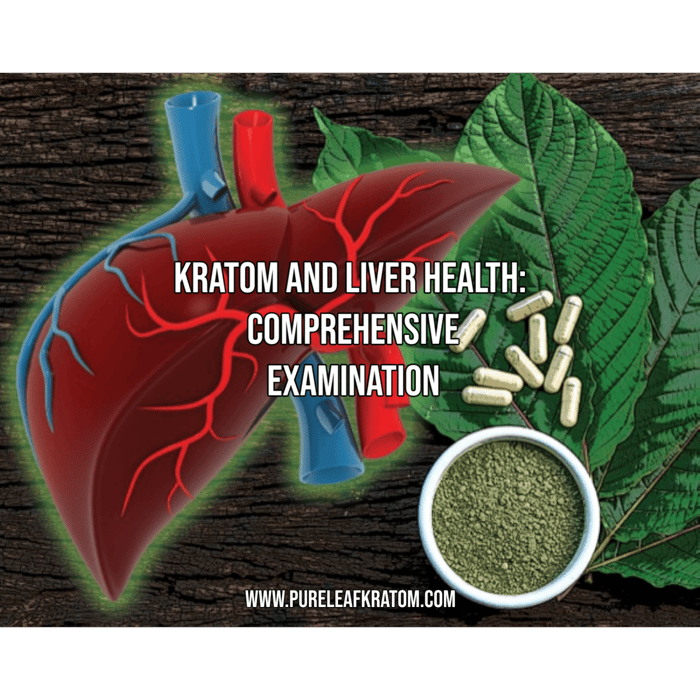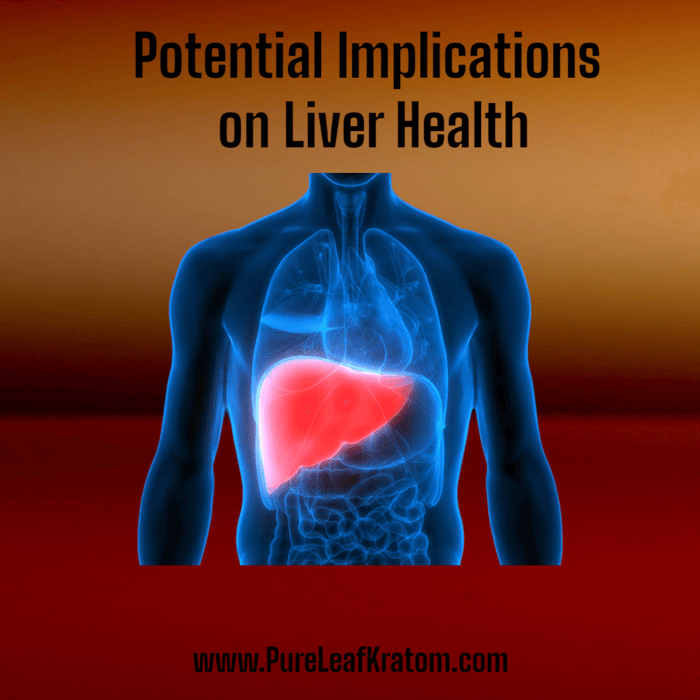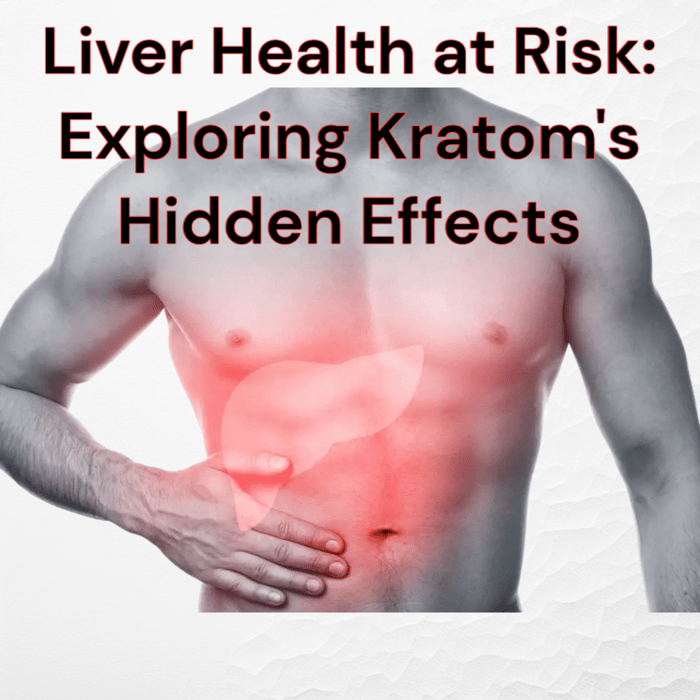
Unmasking the Hidden Dangers: Kratom Effects on Liver Health
Kratom: A Historical Glimpse
While debates and controversies about the potential hazards of kratom consumption, especially on the liver, echo throughout the medical sphere, the herbal supplement has been imbued with cultural significance in certain parts of the world for centuries. Native to the lush landscapes of Southeast Asia, the Kratom tree offers leaves packed with multifarious compounds that can influence the human psyche and potentially impact liver health. From Thailand and Malaysia, tales of its use span generations, contributing to traditional health remedies and social customs. Workers like farmers used the plant for its mild stimulative effect to boost productivity and combat fatigue. Historically, Kratom was also considered an asset in managing everyday health woes, from cough and diarrhea to pain management.
In recent times, the global popularity of Kratom has surged, especially as a recreational substance and as a self-medication means for pain, mood enhancement, and reducing opioid withdrawal. Yet, this newfound popularity stimulates ongoing debates about the potential health impacts of this potentially potent plant, especially its implications for liver health.
Unraveling the Kratom Conundrum
With Kratom's rise in popularity, misinformation and myths have spread as well. One might believe — falsely — that Kratom is entirely non-addictive or bears no risk of overdose. However, these beliefs oftentimes overlook the more delicate truths about the nature of the substance.
Contrary to the common belief that Kratom is not addictive, the reality paints quite a different story. Kratom, due to its opioid-like effects, can indeed lead to dependency, cravings, and withdrawal symptoms. It is also assumed that Kratom could be a safe crutch for individuals struggling with opioid addiction. Yet, its addictive properties can mimic and proliferate the very challenges associated with opioid withdrawal.
While a common myth alleges no risk of overdose pertaining to Kratom, health reports showcase otherwise with documented instances of overdoses. Another related falsity is the notion that Kratom use carries no side effects, yet some individuals have reported experiencing seizures, liver damage, respiratory depression, and even hallucinations. Additionally, despite a federally legal status, Kratom's legality remains a subject to change due to its potential for abuse and dependence.
The Health Aspect: A Look into The Liver
Aside from the surface web of myths and facts that surround Kratom, the health implications run even deeper. Although its use could potentially lead to a range of side effects, a major concern is the impact on liver health. As we delve further into the world of Kratom, we will explore how this herbal supplement, steeped in cultural relevance, could potentially pose a threat to our vital organs, specifically, the liver.
Klarity Kratom Capsules Maeng Da
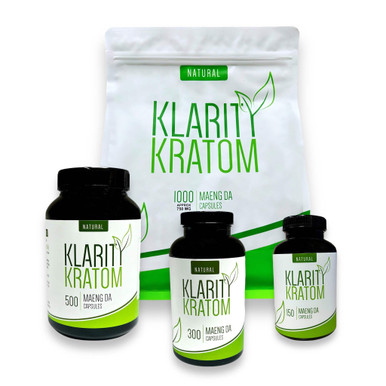
$14.99
Klarity Kratom Maeng Da Capsules Who doesn’t love their kratom in capsule form ready to go? Well, now you can enjoy the swift-hitting effects of...… read more
The Link Between Kratom Use and Liver Health
The connection between kratom use and liver health is a growing concern among the medical community. While kratom has been increasingly popular for its therapeutic effects, research indicates that the substance's psychoactive and opioid-like alkaloids may have a detrimental impact on liver function.
Concerns Linking Kratom Consumption and Liver Health
Kratom alkaloids pose a threat to liver health by initiating processes that can eventually lead to significant damage. This may occur due to cellular oxidation, inflammation, and the induction of hepatic enzymes like CYP3A4 and CYP1A2. These biological events can, in turn, lead to a cascade of harmful processes, such as hepatic fibrosis, steatosis, and cirrhosis.
The enzymes induced by kratom potentially metabolize the compounds into toxic substances, leading to liver injury in susceptible individuals, especially on repeated exposure. A key issue is that it's unclear which kratom users are at highest risk, making it challenging to devise a prevention strategy.
Symptoms and Potential Consequences
When liver damage due to kratom use occurs, it often presents identifiable symptoms. Early signs of liver stress or more severe liver damage can include fatigue, nausea, abdominal pain, and jaundice. Rare, but severe cases may also result in concurrent issues like acute kidney failure and bone marrow toxicity. A conscientious user should regard these symptoms as a signal to discontinue kratom immediately.
Delaying or avoiding treatment for kratom-induced liver damage can manifest in numerous long-term problems. These include chronic liver diseases such as cholestatic hepatitis and complications requiring liver transplantation. Although discontinuing kratom can lead to improvement in most cases, the recovery period can be uncomfortably long and may still necessitate medicinal treatments.
Additionally, there are serious mental health implications tied to kratom-overdose at high recreational doses, including the potential for seizures, aggression, delusions, and insomnia. All these adverse health outcomes emphasize the need for caution when considering kratom usage, especially beyond medicinal recommendations.
Soma 300 Kratom Shot
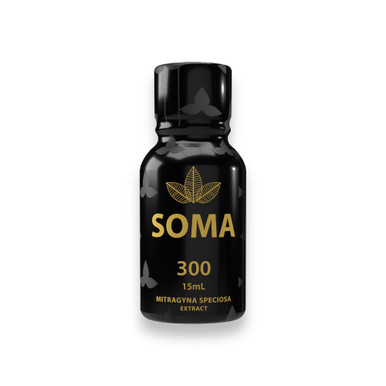
$16.95
Soma 300 Kratom Shot Introducing the Soma 300 Kratom Shot, a convenient and natural way to enhance your daily wellness routine. Crafted with care...… read more
To summarize, using kratom for its psychoactive effects or perceived health benefits may risk harm to the liver, especially over prolonged durations. Considering these health risks and the lack of comprehensive knowledge about kratom's compounds, one should approach the supplement with caution. Alternatives, such as lifestyle modifications, other herbal remedies, or detoxification methods, can be safer choices for managing pain and withdrawal symptoms and enhancing overall health.
Despite significant concerns about the impact of kratom on the liver, scientists and doctors have not fully understood the exact cause. The inability to discern a single, precise biochemical mechanism causing the damage adds to the growing concern surrounding this plant's use as a herbal supplement.
There are a couple of theories, though, which help to explain the mystery. One proposal, for example, suggests that it has something to do with toxic byproducts created during kratom's metabolism in the liver. Another theory posits that certain individuals might be at higher risk of kratom-induced liver injury due to genetic predispositions and lifestyle factors. People with a history of liver disease or opioid use disorder might be more susceptible to the effects of long-term kratom use. source. Furthermore, it has been noted how high-dose kratom use, polypharmacy with interacting medications, and genetic variability in drug metabolizing enzymes may potentially increase the risk of liver toxicity. source. This emphasizes the urgent need to monitor hepatic function closely in anyone using this herbal supplement regularly.
In every leaf of kratom, there are a host of chemical compounds, but two stand out as the giants: mitragynine and 7-hydroxymitragynine. These are the main psychoactive alkaloids in kratom and are believed to be responsible for the supplement's opioid-like effects source. Several case reports have linked the use of kratom to clinically apparent acute liver injury. Specific kratom alkaloids prompted extreme reactions that led to significantly unhealthy liver health, even though studies have not confirmed their hepatotoxicity directly source. Although discontinuing the use of kratom usually results in improved health status, the severity of the injury can be unpredictable due to these alkaloids.
In certain instances, liver damage might be exacerbated due to interactions between kratom and other substances. An adverse interaction could occur with substances impacting serotonin levels or cytochrome enzymes, thereby increasing a user's vulnerability to liver injury source. Furthermore, the chances of liver damage may also be higher with contaminated or adulterated commercial kratom products being used source.
Despite everything we currently know about kratom's effects, the entire picture remains fuzzy. Increased research into genetic and health factors could contribute significantly to our understanding of why certain individuals might be more susceptible to liver damage than others due to kratom-induced hepatotoxicity.
Accumulating evidence links kratom use to a minor but significant probability of inflicting liver injury. Particularly, a study showed a patient encountering a mixed cholestatic-hepatocellular liver injury believed to be connected to kratom use, highlighting a complex corridor to liver damage. Research shows that kratom-associated liver injury typically occurs within one to eight weeks after the commencement of regular kratom use. The pattern of harm is usually cholestatic or mixed, with common symptoms being fatigue, nausea, itching, and dark urine which may be followed by jaundice.
A review of surveys and reports of the kratom-associated liver injury fails to present a substantial correlation with a geographic locus or demographic pattern. This does not nullify the potential for specific areas or demographics being more susceptible, but highlights a notable gap in the scientific research landscape that warrants further research.
Risk Factors and Characteristics Associated with Kratom and Liver Damage
Apart from geography and demographics, there are several common factors that may escalate the risk of kratom-induced liver injury. These include heavy kratom dosage, frequency of usage, and concurrent substance use.
Anecdotal evidence and case studies suggest that heavy dosage of kratom may amplify the chances of liver damage. The biology of how kratom dosages escalate liver injury remains relatively veiled; albeit, according to some theories, higher concentrations might synergistically interact with liver enzymes, catalyzing the onset of liver injury processes.
Frequency of kratom usage, specifically the length and regularity, also surfaces as a potential risk as most cases of kratom-associate liver injury occur between 1 to 8 weeks after starting regular kratom use. Regular use may contribute to cumulative liver toxicity, amplifying damage over time.
It must also be emphasized that the simultaneous use of kratom with other substances, particularly those processed in the liver, is strikingly risky. This could intensify liver stress, provoking drug-drug interactions at the enzymatic level leading to increased toxicity and liver damage.
Implications for Clinical Practice and Public Health Policy
Shining the spotlight on kratom use and liver health brings forth several critical implications for clinical practice and public health policy. For healthcare providers, particularly those in primary care, there is a pressing need to inquire about kratom use - especially in patients showing signs of liver damage. Disregarding this pivotal aspect of patient history could lead to misdiagnosis, inappropriate treatments and consequential healthcare burdens.
In terms of public health policy, the kratom-liver harm discourse signals the need to introduce stringent regulations governing its sale, use, and distribution. Essential steps include mandatory labeling of kratom products with potential health risks, setting limits on alkaloid concentrations, and averting sales to minors. Moreover, public health professionals should develop educational resources and campaigns to raise awareness about the potential dangers of kratom use, especially the risk it poses to liver health.
In the final analysis, the hidden dangers of kratom to liver health extend beyond merely well-documented side effects. The escalating incidence of kratom-associated liver damage, conjoined with the aptitude of kratom to instigate processes leading to liver damage like fibrosis, cirrhosis and inflammation, underscores the need for a broader public discourse rooted in science and aimed at prevention.
Bumble Bee Kratom Bali Gold Powder
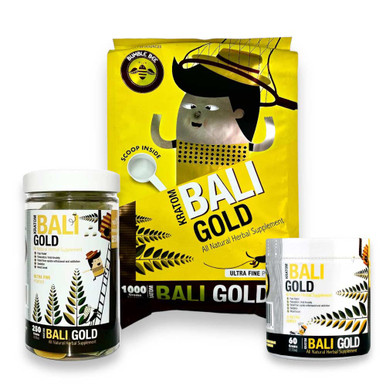
$13.49
Bumble Bee Kratom Bali Gold Powder Bumble Bee Kratom takes pride in offering customers an exceptional experience with their Bali Gold Powder. The Gold...… read more
Expert Recommendations and Guidelines
While Kratom is increasingly being used as an alternative solution for pain and opioid withdrawal management, its potential for inducing liver injury is a concern, particularly as definitive guidelines for treating kratom-induced liver injuries are currently lacking. As a result, the primary management approach for both acute and chronic liver conditions resulting from kratom use often involves conservative care, such as halting kratom intake and providing supportive treatment.
The importance of promptly discontinuing kratom use cannot be overstated as it helps in drastic reduction of further liver damage. In fact, evidence from clinical case studies suggest that discontinuation of kratom results in resolution of symptoms, reinforcing its significance in the management strategy. Furthermore, thorough medication/supplement histories are critical for patients presenting with liver dysfunction, necessitating comprehensive patient assessment.
Health care providers’ opinion on Kratom use for chronic pain or opioid withdrawal management
Healthcare providers generally advise against the use of kratom, particularly for self-treating chronic pain or for managing opioid withdrawal due to its potential hepatotoxic effects. Users may experience decreased appetite, diarrhea and drug interactions, highlighting the significant risks associated with kratom use.
Preventive measures and Detoxification
Preventing kratom-induced hepatotoxicity is an area requiring further attention. If kratom use is unavoidable, particularly in individuals with pre-existing liver disease, monitoring liver tests and promptly discontinuing kratom use at the first sign of liver injury can serve as preventive measures. Detoxification processes may further play a role in expeditiously reducing the harmful impact of kratom alkaloids on the liver.
The current research landscape
Although clinical research on kratom and liver health has yielded significant findings, knowledge gaps remain, underscoring the need for further investigation. The mechanisms driving kratom-induced liver injury are still unclear, although several theories propose a role for hepatic metabolism of kratom, or contamination of the product. There is also a need to explore why certain individuals may remain unaffected by kratom use, while others showcase symptoms of liver injury.
In conclusion, given the potential harms associated with kratom use, including hepatotoxicity, it is important for consumers to exercise caution. Kratom use should be supervised, prompt discontinuation must be ensured upon any signs of liver impairment, and regular liver function tests are required for early detection of potential liver injury. Meanwhile, health care providers should emphasize substituting kratom with safer alternatives for the management of chronic pain and opioid withdrawal.


